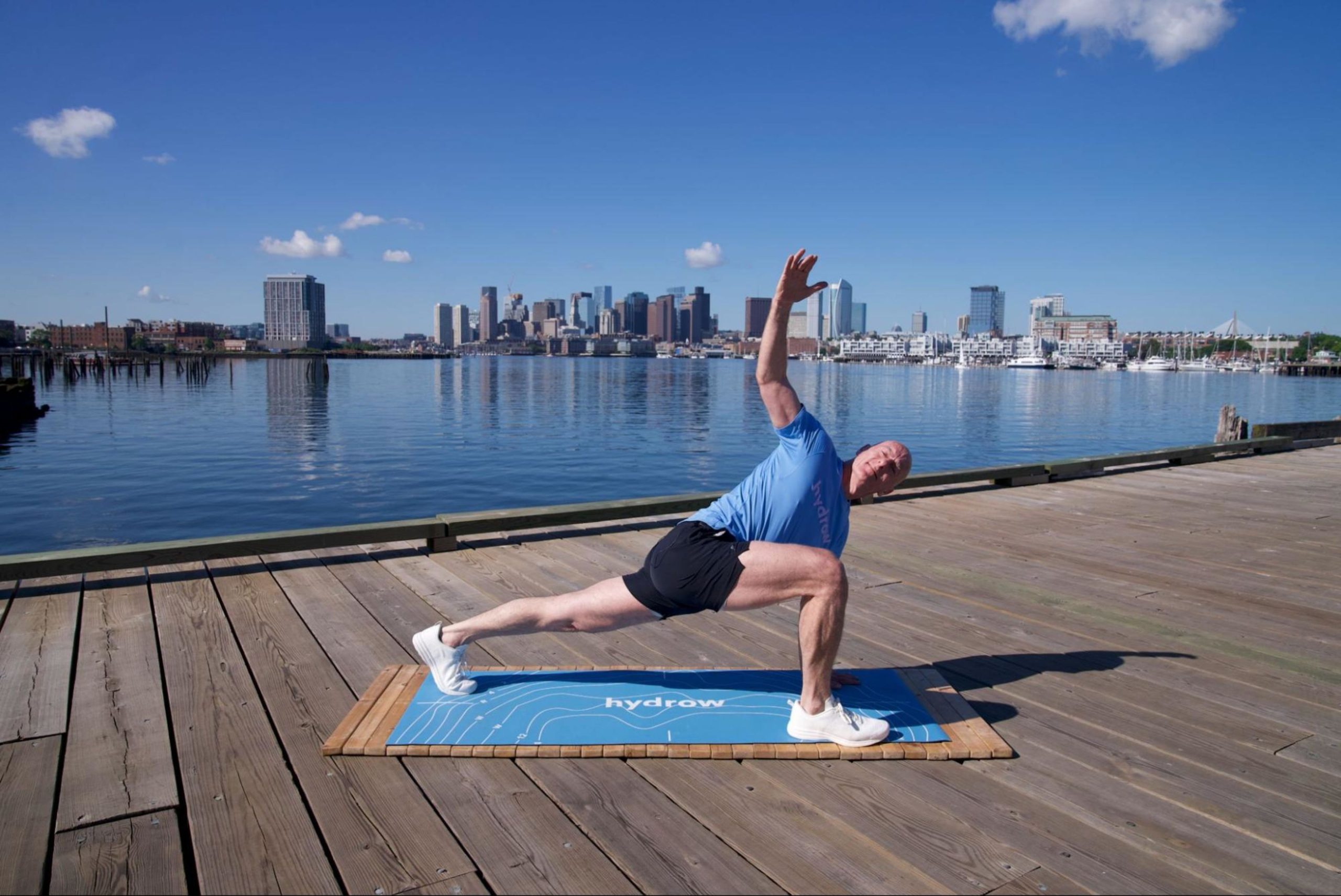
**Effective Techniques for Reducing Post-Yoga Discomfort**
Attending an intense or deep yoga session can be refreshing and advantageous for both the mind and body. Nonetheless, it’s quite normal to feel soreness afterward, especially if you’ve explored new poses, held certain positions for an extended time, or exerted yourself beyond your usual fitness capacity. This discomfort, typically referred to as delayed onset muscle soreness (DOMS), is a natural part of the body’s healing and recuperation process. Luckily, there are numerous methods you can implement to effectively lessen and manage this post-yoga discomfort.
**Hydration**
Consuming ample water is essential following any exercise, including yoga. Hydration helps in flushing toxins, ensuring joint lubrication, and facilitating muscle recovery. You might want to include electrolyte-infused drinks if your session was particularly demanding to restore lost salts.
**Gentle Movement**
Though it may seem counterintuitive, participating in gentle movement can assist in alleviating soreness. Activities such as light stretching, walking, or a gentle yoga session can enhance blood flow to affected areas, supporting the healing process and easing tension.
**Rest and Active Recovery**
Maintaining a balance between rest and active recovery is crucial. While complete rest might be necessary for a day or two after class, integrating active recovery activities like walking or swimming helps keep muscles engaged without overexerting them.
**Warm Baths and Epsom Salt Soaks**
A warm bath can relieve sore muscles and encourage relaxation. Incorporating Epsom salts can further support recovery due to magnesium’s known muscle-relaxing properties.
**Foam Rolling and Self-Massage**
Utilizing a foam roller or practicing self-massage techniques can ease muscle tightness and improve flexibility. Foam rolling assists in breaking down muscle adhesions and boosting circulation, accelerating recovery.
**Nutrition**
Adequate nutrient intake enhances overall recovery. Emphasize protein and foods high in omega-3 fatty acids to help diminish inflammation and mend muscle tissues. Antioxidant-rich fruits and vegetables also play a role in fighting inflammation.
**Over-the-Counter Pain Relief**
Occasionally, over-the-counter pain relievers like ibuprofen or acetaminophen can alleviate discomfort by lowering inflammation and pain. However, these should be used judiciously and not relied upon as the main method for managing soreness.
**Consistency and Gradual Progression**
To avert excessive soreness, engage in yoga consistently while gradually upping the intensity and duration of your classes. This enables your body to adjust over time and develop the necessary strength and flexibility, reducing the chances of significant soreness in the future.
**Restorative Yoga or Meditation**
Participate in restorative yoga or meditation to encourage both mental and physical recovery. It calms the nervous system and aids the body’s natural healing processes through mindfulness and breath control.
In conclusion, while muscle soreness following a yoga session is typical, applying these effective strategies can significantly minimize discomfort and accelerate recovery. The essential takeaway is to listen to your body, honor its limits, and prioritize self-care through balanced practices.
